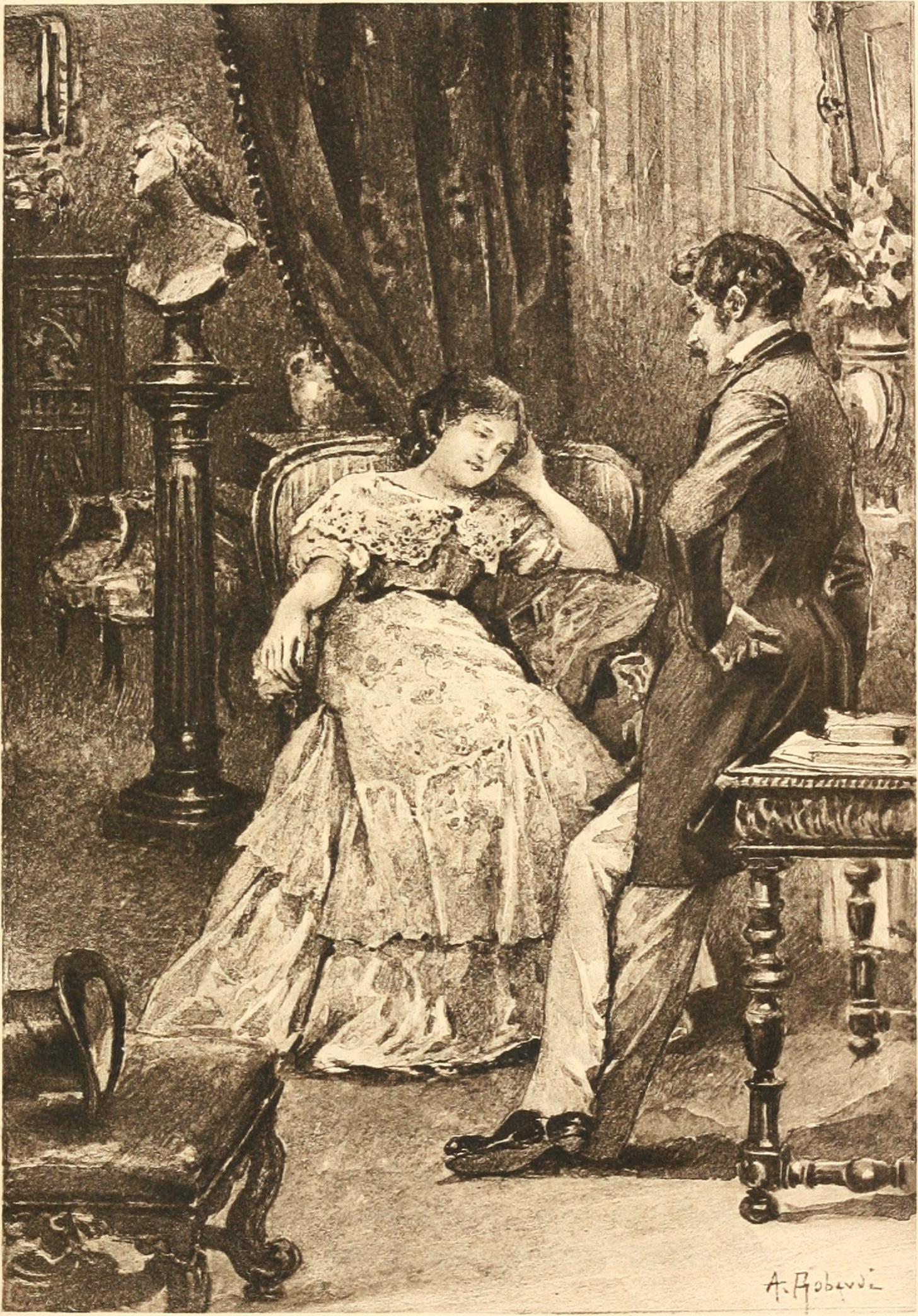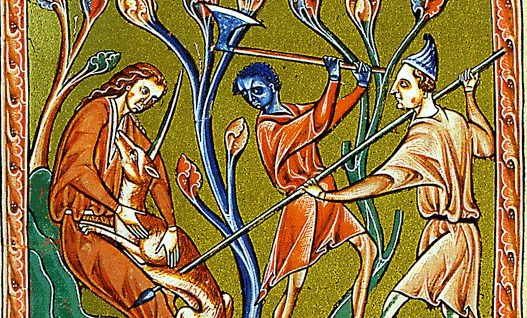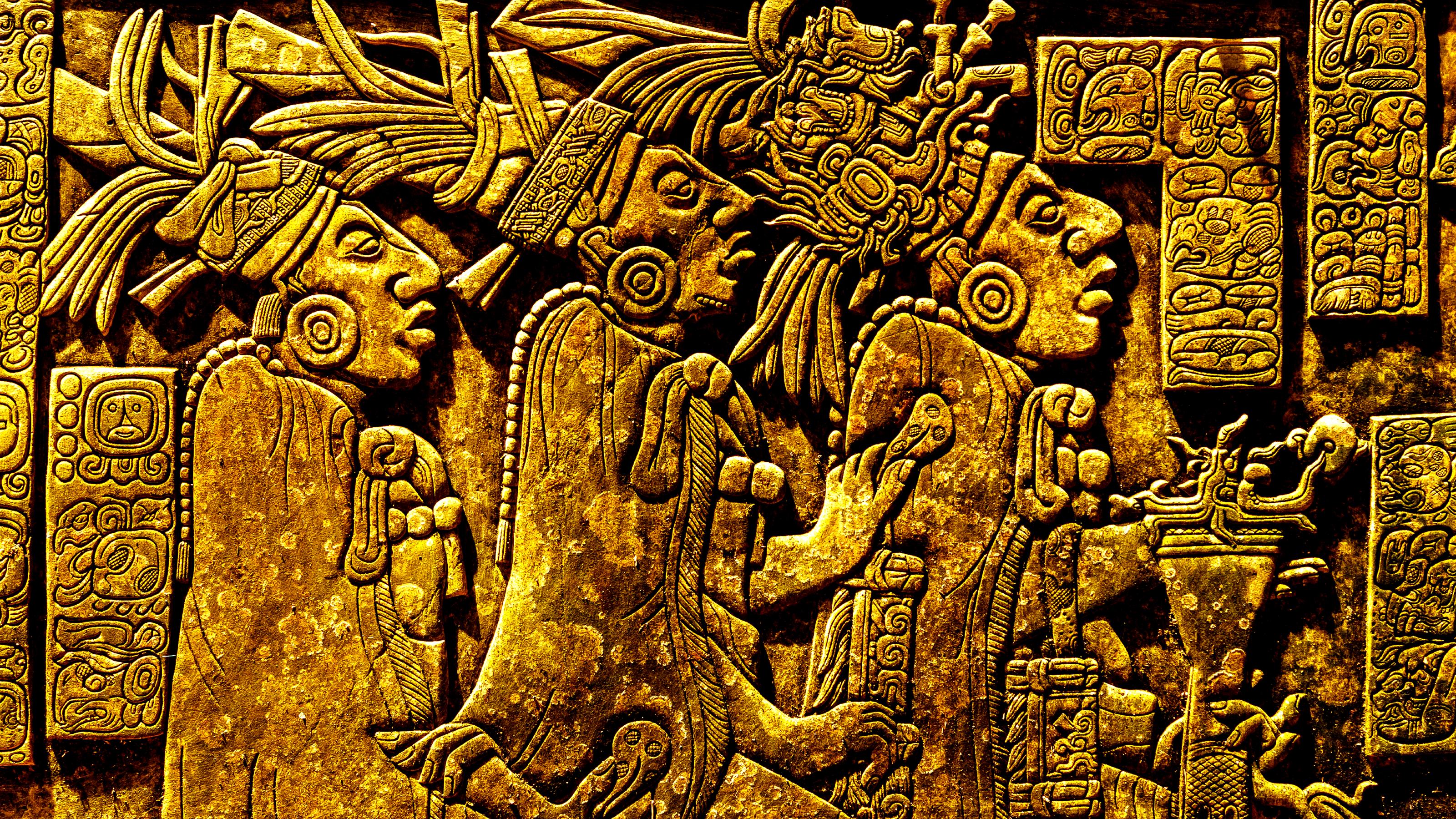4 great books written in a wildly experimental style

- Every now and again, an innovative novel overhauls the very definition of the art form.
- There are novels written as letters and puzzles, novels without named characters, and even novels that are formatted like screenplays.
- Here are four books whose experimental style opened up new opportunities for future generations of writers.
According to a thought experiment known as the infinite monkey theorem, it would only be a matter of time before a million monkeys randomly hitting away at a million typewriters accidentally produce any given text, including a complete work of William Shakespeare. Initially, the theorem was placed in a purely mathematical context to discuss probability. From a literary perspective, it helps us think about what literature is, where it comes from, and whether it could be replicated by a nonhuman, be that a primate or artificial intelligence. But the theorem also does something else: illustrate the near-infinite possibilities of the art form.
The vast majority of novels are incredibly similar in both style and structure. They tell their stories in chronological order and use standard literary tools like metaphor, alliteration, and hyperbole. But when writers don’t restrict themselves to tradition and convention, they can do much more than simply compare one’s loved one to the Sun, as Shakespeare does in Romeo and Juliet, or frame a mysterious green light across the bay of Long Island as the manifestation of desire, as F. Scott Fitzgerald does in The Great Gatsby.
In truth, there are no rules in literature, and novels can be whatever their creators want them to be. They can be written from multiple perspectives, like Ryūnosuke Akutagawa’s famous story Rashōmon (adapted into an even more famous film by Akira Kurosawa), or the much more recent Red at the Bone by Jacqueline Woodson. They can be written in the form of letters, like Fyodor Dostoevsky’s debut novel Poor Folk, about the passionate but tragic relationship between a store clerk and a seamstress, or Ocean Vuong’s On Earth We’re Briefly Gorgeous, from a son to a Vietnamese mother who will never be able to read what he wrote. Charles Yu’s Interior Chinatown is formatted like a screenplay, complete with set descriptions and dialogue boxes. There are novels without named characters (Portrait of a Man Unknown), novels written in the second person (Earth and Ashes), and even novels with their own instruction manuals (House of Leaves).
Many experimental novels are experimental simply for the sake of experimentation, but the very best ones employ a unique style because it serves the particular story they’re trying to tell. Rashōmon explores the concept of justice, which shifts depending on one’s viewpoint; Interior Chinatown is about a Taiwanese American actor fighting racial stereotypes in the entertainment industry. Each of the writers mentioned below has a logical rationale for their seemingly nonsensical approach to writing. Although some of them faced criticism, they ultimately helped expand the definition of the novel itself, creating opportunities for future generations.
The Human Comedy by Honoré de Balzac

The Human Comedy, known in French as La Comédie Humaine, is not a single novel but a series of novels: 91 finished and 46 unfinished texts, to be precise. They were written between 1829 and 1848 by Honoré de Balzac, who for a large part of his career made a living writing potboilers: precursors to pulp fiction that were produced quickly and sometimes hastily. Their purpose was to pay the bills, not to establish a lasting legacy, yet Balzac, as a prolific writer, managed to achieve both.
Every story in The Human Comedy takes place in the same fictional version of post-revolutionary France, making Balzac one of the first writers to craft a fictional universe. Paving the way for J.R.R. Tolkien’s Middle-Earth and Marvel Comics, characters introduced in one novel show up in others. Eugène de Rastignac, the main character of Le Père Goriot or Father Goriot — Balzac’s most successful novel – made his first appearance in La Peau de chagrin and went on to feature in L’Interdiction, Les Secrets de la princesse de Dadignan, and Une ténébreuse affaire, to name only a few.
Balzac’s at the time unconventional use of recurring characters — reminiscent of ancient Greek mythology — helped give The Human Comedy a sense of realism, suggesting that the characters lead a larger and more complicated life outside his selected stories. Raised in the shadow of the French Revolution, Balzac developed a keen interest in the social and economic developments that shape society — disciplines he explored in writing. When we meet Rastignac in Father Goriot, about an elderly merchant who becomes alienated from his aristocratic daughters, he is a young man from the provinces who is willing to do anything to climb Paris’ social ladder. In Les Secrets, we learn that Rastignac has become Under-Secretary of State after courting one of the merchant’s daughters. Far from pulp, The Human Comedy is an intricate sketch of France’s progress through the ages.
Ulysses by James Joyce

No list of experimental novels would be complete without James Joyce’s Ulysses. A parody that compares a middle-aged advertising salesman’s meandering through early 20th-century Dublin to the adventures of Odysseus, Ulysses is typically remembered for the stream-of-consciousness writing style it helped popularize. Although Joyce definitely deserves credit for this, stream-of-consciousness is but one of many, many different styles he chose to play around with in his magnum opus.
Called an “encyclopedia of styles” by Arnold Goldman, every chapter in Ulysses is written in a way that reflects that chapter’s theme, many of which are rooted in Homeric parallels. From beginning to end, Joyce jumps from Dublin slang to biblical verse, from Virgil and Shakespeare to pop music and marketing slogans. In “Aeolus,” a chapter in which protagonist Leopold Bloom tries and fails to do his job, the writer incorporates newspaper headlines as well as the sensational, exaggerated language of the Yellow journalism era: choices that link back to a corresponding chapter in Homer’s Odyssey in which the titular hero receives, then accidentally uses a magical bag of winds. In the chapter “Oxen of the Sun,” which takes place inside a maternity hospital, Joyce mimics the growth of a human embryo by first writing in early Latinate followed by Anglo-Saxon alliterative verse before finally arriving at the style of his 20th-century contemporaries.
The underlying meaning of Joyce’s stylistic variety is up for debate. At a glance, it reflects the kind of narrative and thematic diversity that characterizes the Odyssey and other ancient myths. Situated in a more modern context, it reinforces the writer’s belief that the world should be observed from multiple angles and, by extension, written about with different styles because each style reveals something other styles cannot express.
Infinite Jest by David Foster Wallace

Like so many postmodern masterpieces, David Foster Wallace’s Infinite Jest resists summarization. Set in a hypothetical future where Mexico, Canada, and the United States have combined into a single political entity known as the Organization of North American Nations or O.N.A.N., and companies sponsor calendar years, leading to “The Year of the Whopper” or “The Year of the Depend Adult Undergarment” (Y.D.A.U.), the novel revolves around the family of a director who created a movie so entertaining that everyone who watches it is doomed to view it over and over again until they die.
Published in 1996, Infinite Jest has become more and more relevant as time goes on. Wallace might not have foreseen the shift from DVD to digital, but he did predict the omnipresence and corroding influence popular entertainment can have in our current age of streaming and social media. Equally remarkable was Wallace’s use of the English language, which he pushed to its absolute limit. Many sentences span paragraphs, some entire pages. Wallace had a monstrous vocabulary, finding inventive purposes for words that, as one article from Lithub puts it, are “found only in the footnotes of medical dictionaries.”
Speaking of footnotes, Wallace used those, too. Normally restricted to scholarly articles, they enabled the writer to intentionally break up the flow of the narrative while packing in even more information. Infinite Jest has a grand total of 388 footnotes, the longest of which — a fictional filmography of the aforementioned director that takes about eight pages — has several footnotes of its own. All of this borders on ridiculous, but that’s part of the point, with Wallace stating he wanted to “mimic the information-flood and data-triage I expect’d be an even bigger part of US life 15 years hence.”
Hopscotch by Julio Cortázar

No two people will experience Julio Cortázar’s Hopscotch in the same way. This is because the novel, about an Argentinian intellectual named Horacio Oliveira, who travels around Paris with his mistress before personal tragedy sends him back to Buenos Aires, is set up as a choose-your-own-adventure story. Although the novel’s 155 chapters can be read in sequence, Cortázar also provided an alternative order in which readers can choose to navigate the chapters, allowing them to decide for themselves where to begin and how to proceed. A “Table of Instruction” at the beginning of the text outlines different ways to move through the narrative: Readers can start at chapter 1 and read until chapter 56, where one version of events concludes, or they can start at chapter 73, to name just two examples.
Nowadays, choose-your-own-adventure stories aren’t as unfamiliar as they were in 1963 when Hopscotch or Rayuela in Spanish was first published. Today, however, the genre is mostly explored through films, TV series, and video games instead of books. There is a small market for so-called hypertext novels, electronic texts with direct readers through branching storylines with links, but these emphasize entertainment over artistic merit and cannot really be considered Literature with a capital L.
Hopscotch is the exception. According to Ariel Dorfman, a critic and close friend of the late Cortázar:
“…[the book has become] the foundation text of a generation [of Argentinians]: an earthquake of language, an assault on reality, anticipating, with its joy and radical demands on the reader, the social liberation that the youth of Latin America dreamed for our continent. ‘Hopscotch’ challenged us to drastically break out of the prison-house of consciousness and history in which we were ensnared. We need, Cortázar said, to throw reality out the window and then throw out the window as well.”





